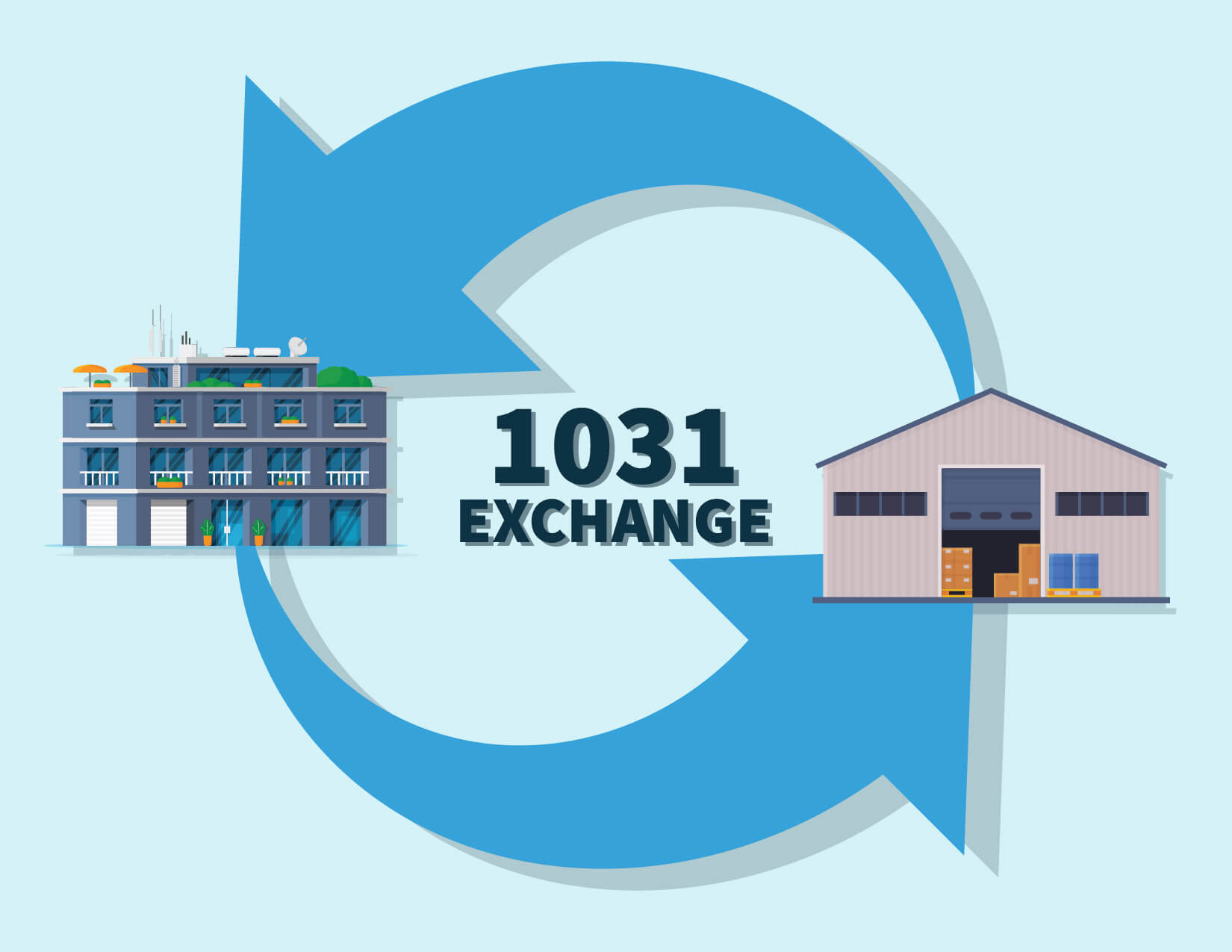Exploring Alternative Strategies for Real Estate Investment After a 1031 Exchange
If you are considering a 1031 exchange of real estate property, it is
essential to know the timelines and rules involved with this process. A
1031 exchange allows property owners to defer paying capital gains taxes
by reinvesting the arises from the sale of just one investment property
into another property. However, this exchange is sold with certain
rules and timelines that really must be adhered to. In this
comprehensive guide, we will discuss the 1031 exchange timelines and
rules that will allow you to manage the process successfully.

1. Identification Period
The identification period is a critical part of the 1031 exchange process, where you have to identify the property you intend to purchase within 45 days of selling your property. The deadline cannot be extended for just about any reason. During this time period, you can identify up to three potential properties that meet up with the like-kind requirements of the 1031 exchange. However, if you intend to identify more than three potential properties, you need to go beneath the rule of 200% identification or 95% rule.
2. Exchange Period
After identifying the property, the exchange period begins, and you have 180 days to complete the purchase of the brand new property. The clock starts ticking on your day you sell your property, and you have a 45-day window to recognize the replacement property. The rest of the 135 days are used to close the transaction. Be sure to utilize a qualified intermediary during this process, while they play an important role in helping you meet up with the timelines.
3. Qualified Intermediary
The IRS requires property owners to utilize a qualified intermediary to facilitate the 1031 exchange process. The intermediary is accountable for holding the funds following the sale of the property before purchase of the brand new property is complete. Selecting the right intermediary is essential because they'll guide you through the exchange process, ensure all documents are completed on time, and ensure compliance with the IRS rules.
4. Like-Kind Property
A key to a fruitful 1031 exchange is ensuring that the replacement property is of exactly the same kind while the property you sold. The word “like-kind” covers a wide selection of property, including land, commercial property, and residential property. Keep in mind that the purchase price of the new property should be add up to or greater compared to the value of the property you sold.
5. Tax Implications
While a 1031 exchange allows property owners to defer paying capital gains taxes, it does not eliminate them. The tax is deferred before you sell the newest property in the future. If you keep exchanging properties under the 1031 exchange process without ever selling them, your heirs will receive a stepped-up basis and will not pay taxes. However, it will be better to consult with a tax professional to comprehend the tax implications of a 1031 exchange.

In Short:
Understanding the timelines and rules of the 1031 exchange process is essential if you intend to defer paying capital gains taxes for the sale of investment properties. The identification period, exchange period, qualified intermediary, like-kind property, and tax implications are typical critical components you have to properly navigate. With proper preparation and guidance from a qualified intermediary, you can successfully execute a 1031 exchange and reinvest the gains from the sale of one property into another to cultivate your real-estate portfolio.
For more info make sure you click on this link 1031 Exchange Accommodator.
Comments
Post a Comment